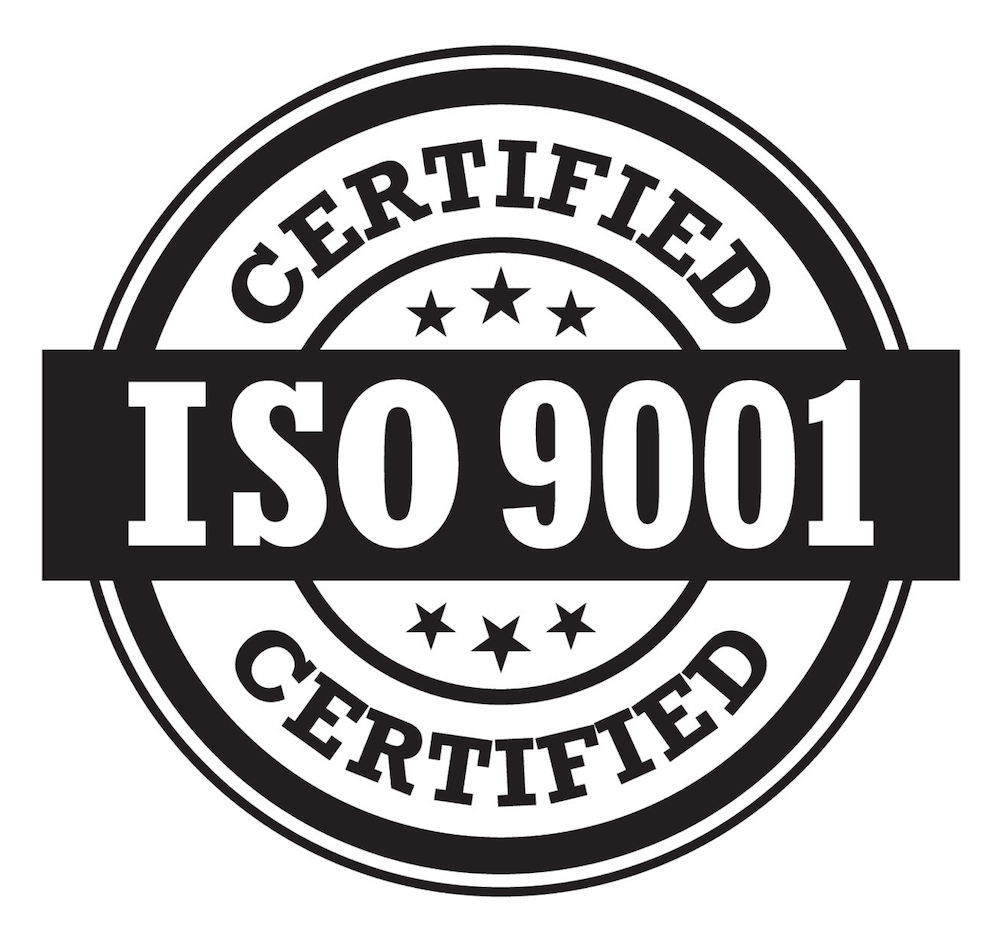Blog. To read and listen to.
Insights, stories, ideas.

Design
Technology Innovation
Other articles
Strategy
Design
Production
Development
Technology
Ecommerce
The Frames, 201–202, 2nd Floor,
1 Phipp Street, London, EC2A 4PS, UK

Talk to us
Button TextCopyright ©2024 Rhapsody Ltd. All rights reserved.

The Frames, 201–202, 2nd Floor,
1 Phipp Street, London, EC2A 4PS, UK

Copyright ©2024 Rhapsody Ltd. All rights reserved.















